Journey to the heart of team commitment!

Before we dive into the dynamics of team engagement, let’s first define what engagement is! It’s a bit like the passion that drives you in your favorite hobbies: intense, personal and totally captivating. What do you think commitment really means? For us, it’s putting your heart and soul into a cause or activity, bringing energy and enthusiasm to it. It’s that spark that transforms a simple action into an integral part of our identity. So, ready to explore what makes commitment so special and how it shapes our actions? Let’s go !”
After quickly exploring what engagement means and how it can manifest itself in our private lives. Let’s take a look at an approach that is revolutionizing its application in the professional world: gamification. This innovative method doesn’t just introduce playful elements such as points, levels and rewards. It transforms the ludic experience into a genuine strategic tool at the heart of companies. The central idea behind gamification is to make engagement not just fun, but essentially motivating and participative. It is often used to transform short-, medium- and long-term objectives into captivating challenges. However, it can go much further, turning participation into a deeply rewarding and engaging experience that will revolutionize innovation and belonging in your team or company.
By using gamification, companies can reinvent the way employees interact with the workspace. For example, by using a playful experience to convey new safety standards. We bring a playful dimension that will increase motivation and personal investment through the practice and use of these new standards. More than just games, these mechanisms can be fine-tuned to align colleagues’ personal motivations with the company’s objectives, thus fostering genuine and lasting commitment.
To explore how gamification can help you meet your business challenges, don’t miss our article: Gamification to meet your business challenges.
When engagement becomes an exciting game
or an inescapable quest for your company!
Integrating gamification into team management goes beyond simply capturing attention. It creates an enriching and dynamic collaborative experience, targeting engagement at multiple levels. It also stimulates action, strengthens emotional attachment, and promotes intellectual stimulation. This multi-dimensional approach enables companies to encourage more active and deeper participation, an essential component for navigating and thriving in a challenging environment.
constantly evolving professional environment. This innovative approach offers a diverse range of commitments. Of course, the success of this strategy will depend on a deep understanding of your colleagues’ intrinsic and extrinsic needs. Let’s find out together how this strategy can be implemented. With the obvious aim of effectively transforming your dynamics by promoting the use of different types of commitment.
Why gamification plays a role in employee engagement
Gamification exploits psychological mechanisms rooted in human behavior. By introducing playful mechanics such as random surprises, the epic feel of a story, or collecting skills. We’ll transform routine tasks into stimulating, rewarding experiences. These actions generate intrinsic motivation and encourage healthy competition as well as collaboration. In addition, the progressive nature of gamification, with levels to reach and rewards to unlock. helps create a sense of regular accomplishment and a constant desire to progress. So, by combining fun and challenge, gamification not only increases engagement, but also productivity. However, like any tool, gamification must be used with care. Using it well can achieve a clear objective, but it can also have the opposite effect.
How psychological and social reasons can support its effects
Gamification draws its effectiveness from several key psychological and social factors. Psychologically, it plays on the need for achievement and recognition, fundamental elements of self-determination theory. Each level reached or mission accomplished reinforces the sense of personal efficacy and self-esteem. This is an important element in enabling every colleague to find his or her place in your company. Visible rewards, on the other hand, serve as social recognition, helping you to shine or to rally around a collectively successful challenge. Socially, gamification encourages the creation of a strong community around common objectives, facilitating the sharing of experiences and collective emulation. This social dimension is reinforced by mechanisms of comparison and competition, encouraging everyone not only to achieve, but often to surpass the targeted performance, while reinforcing the group’s sense of belonging and shared vision.

What’s the point of knowing and understanding the different levers available?
Understanding the different types of commitment is essential for any company seeking to maximize the effectiveness of its motivational strategies. Whether in employee experiences or training programs. Each type of engagement, whether emotional, cognitive or behavioral, plays a unique role in the way individuals interact with their work environment. In-depth knowledge of these levers enables managers to improve and pivot more easily. This better understanding enables more targeted responses to colleagues’ needs and expectations. For example, emotional engagement can be stimulated by creating a rewarding and inclusive corporate culture. While cognitive engagement can be reinforced by intellectual challenges and learning opportunities. By properly harnessing each type of engagement, organizations can not only improve employee satisfaction and retention, but also boost their overall performance. Let’s take a look at different types of engagement to better understand their concept and use in concrete cases:

Behavioral commitment
Behavioral engagement focuses on encouraging users to adopt certain actions through the game itself. This can include carrying out specific tasks. Such as regular interaction with a product or service, or encouragement to adopt healthy habits. Gamification elements such as points, badges and leaderboards are often used to motivate and reward these behaviors. For example, a fitness app may offer badges for each level of activity achieved. This encourages users to stay active on a regular basis.
Emotional commitment
The second type, emotional engagement, seeks to create an emotional connection between the user and the activity or product. The idea is to make the experience not only useful, but also enjoyable and emotionally rewarding. Captivating stories, characters and themes can be integrated into the design to elicit positive emotions such as joy, surprise or pride. For example, a learning app can use an adventure narrative where each lesson completed helps progress through the story. This adds meaning by making learning more engaging and emotionally rewarding.

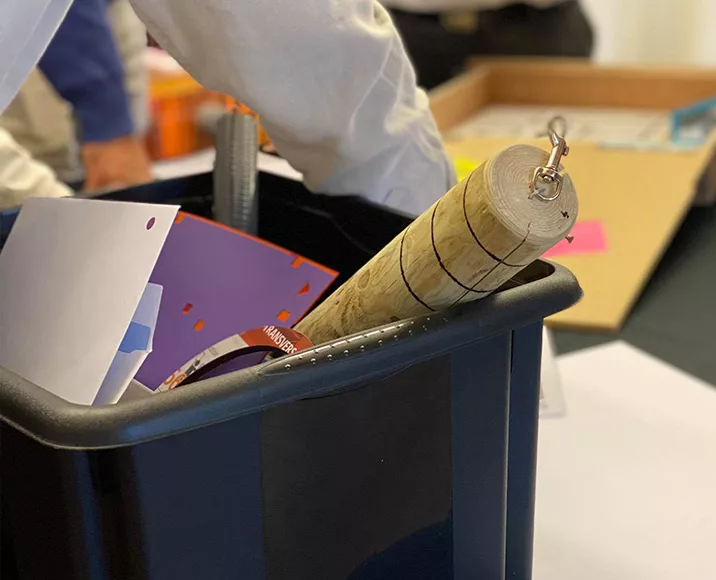
Cognitive engagement
Cognitive engagement refers to stimulating the user’s interest and curiosity through intellectual challenges. Game elements such as riddles, quizzes and logic challenges can be used to make the experience intellectually stimulating and rewarding. This can not only enhance learning and information retention, but also increaseuser satisfaction. A personal development app can offer daily problem-solving challenges to encourage critical thinking and personal growth.
Social commitment
Another crucial aspect that gamification can positively influence is social engagement. By encouraging interaction between users, gamified systems can create close-knit communities. This increases motivation through competition and/or collaboration. Elements such as group challenges encourage users to connect with each other to ensure the success of the challenge, directly reinforcing social bonds.

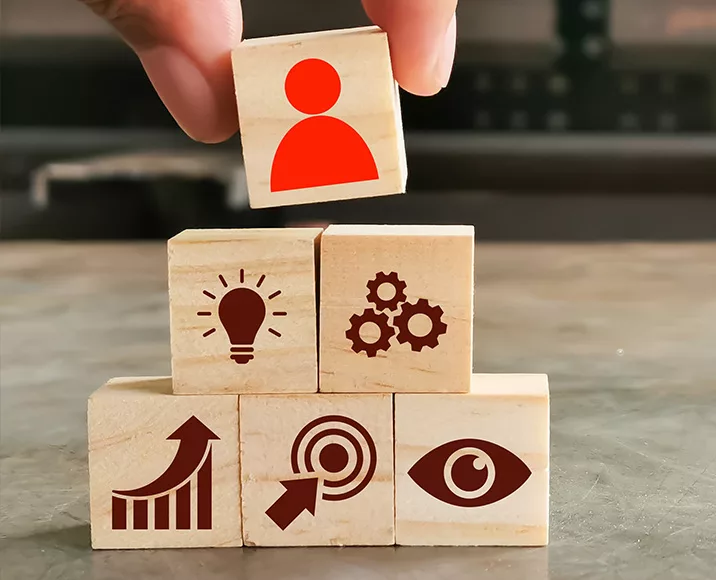
Value commitment
It’s now clear that gamification can encourage commitment in terms of values. Users feel connected to causes or objectives greater than their individuality through their participation. For example, systems that incorporate elements of social or environmental responsibility can motivate users to adopt more sustainable or altruistic behaviors. By aligning with personal values, gamification can create a deep sense of participation and belonging.
Creative commitment
Would you be surprised if gamification could stimulate creative engagement by inviting users to express their creativity? Or even to solve problems in innovative ways? Game elements like creative missions, design challenges or puzzles stimulate creative thinking. They offer users a platform to share their unique ideas. This not only enriches the user-rice experience, but also fosters a dynamic and innovative community.


Dreams without goals are just dreams
and ultimately fuel disappointment.
Denzel Washington
What are the playful elements that make it possible to achieve these different types of commitment?
There are many playful elements to transform tasks and missions into playful experiences. However, at Team First we have identified three that are important in creating a game-like work environment. Making strategic experiences both fun and motivating. Let’s take a look at the key mechanisms for achieving this transformation: scripting, social interactivity and reward mechanisms, each of which contributes to enriching the work experience in a unique way.
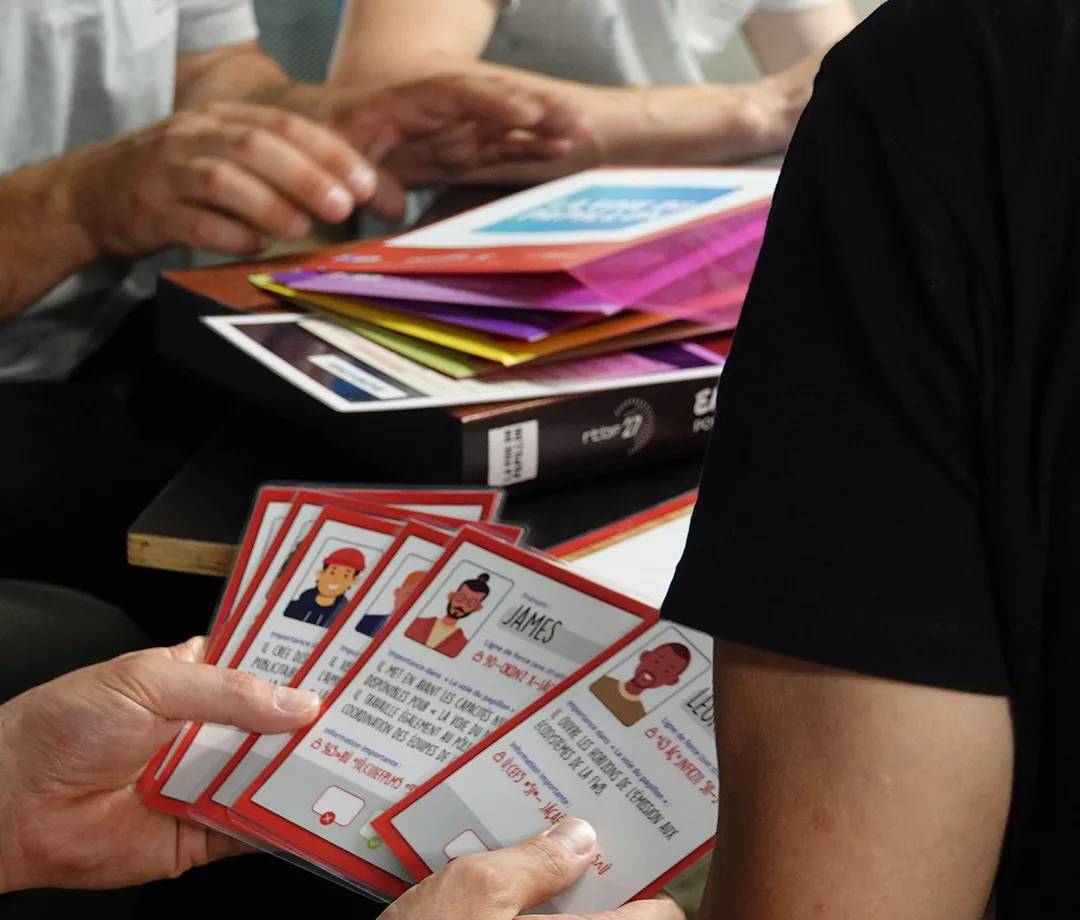
The storyboard
Scripting or storytelling guides participants through a structured playful journey, enriching the collaborative experience with key moments designed to captivate. This element is decisive in creating a quest to immerse participants in a New World, making the achievement of objectives more engaging and meaningful.
Social interactivity
The collaborative aspect of this element gets team members involved and engaged in a sequence of mutual interactions to move the process forward. Whether by challenging each other or offering mutual support. This stimulates not only performance, but also team cohesion.
Reward mechanisms
This is one of the best-known systems, along with badges, whereby each employee is rewarded when he or she carries out one or more specific actions. This reward system naturally creates a playful, motivating incentive for ongoing participation in the experience. These rewards serve not only to celebrate achievements, but also to provide a tangible measure of personal and collective progress. For example, a points system could be used to reward punctuality, project completion, or innovation, with rewards ranging from extra privileges at work to socially positive incentives for experiences outside of work.
Of course, a host of other playful elements and tools remain to be explored, and we’ll have the opportunity to delve into them in a future article.
You may be wondering whether it makes sense to integrate gamification into your business.
Every working environment is unique, so the design of effective gamified solutions must be tailor-made. The approach must always begin with a deep immersion in the atmosphere and specifics of your workplace. It’s all about decoding employees’ motivations and aligning them with the company’s ambitions. For example, in a creative environment such as an advertising agency, incorporating brainstorming challenges in the form of games can encourage richer idea generation. On the other hand, in an analytical environment, mission-related puzzles or riddles can transform monotonous routines into stimulating challenges.
It’s important to understand that gamification isn’t just about dressing it up as a game. It really offers a rich and diverse range of approaches, designed to motivate and encourage the adoption of new usage or so-called specific behaviors. In this way, your employees are encouraged not only to put their skills into practice in a stimulating environment, but also, and above all, to learn from their positive and negative experiences. To guarantee this, it is necessary to build a secure environment where failure is an integral part of the learning process. If, as you read these lines, you can already imagine clear objectives or processes that you would like to stimulate. There’s a good chance that gamification could be a relevant tool for developing new results in your employee experience.
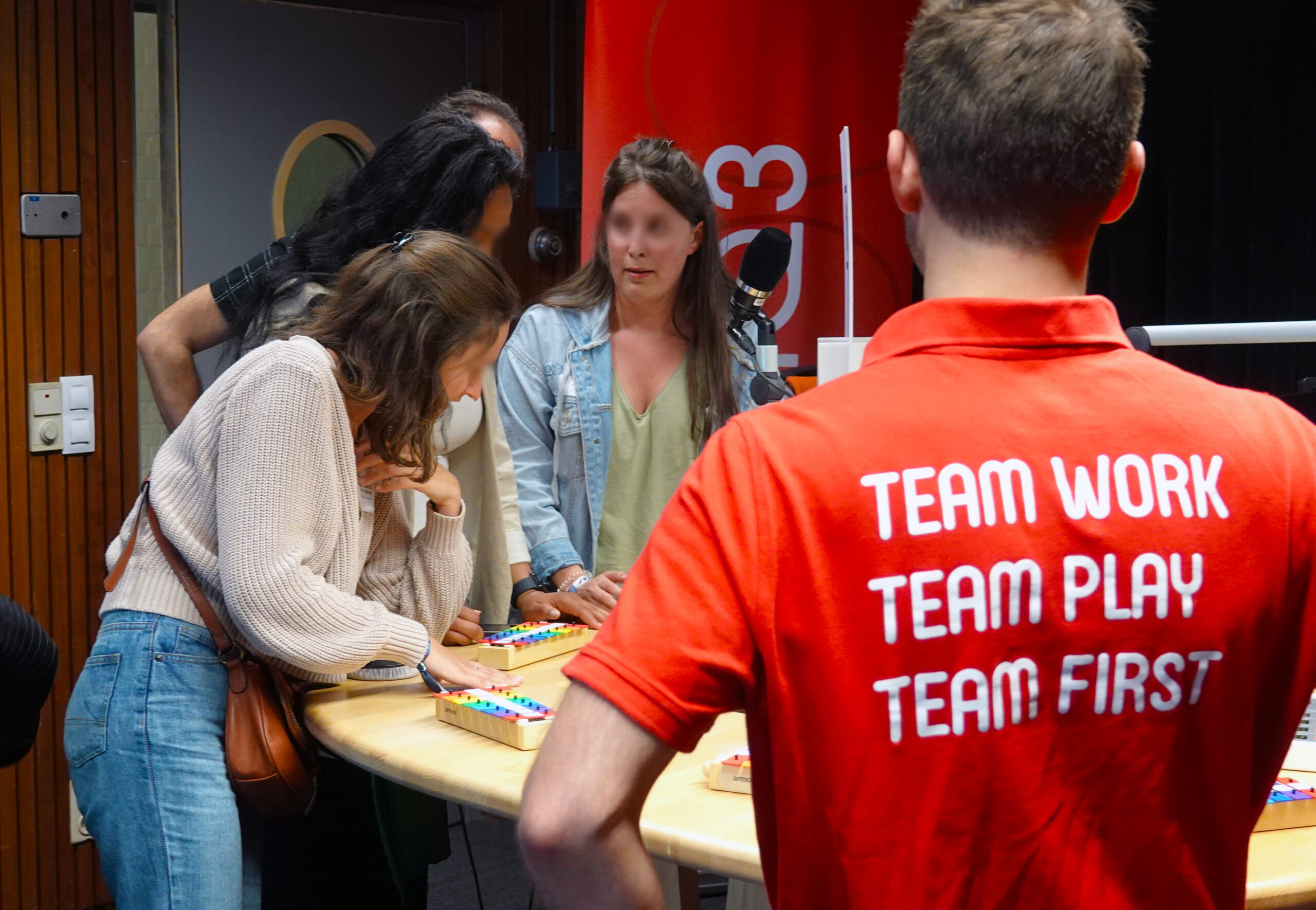
Life is a game, and it’s much easier to play when you know the rules.
Leopold Fabien Alvarez
Imagine the infinite possibilities gamification has to offer in terms of employee engagement.

Strengthen interaction around strategy:
One of the opportunities identified is the ability to create engaging experiences, to encourage employees to interact more with the company’s strategy. The strategy becomes more dynamic and participative, while also fostering better understanding and adoption of short- and long-term strategic objectives. It’s easier to feel involved and act on what you understand.
To boost colleague motivation:
In a professional environment, motivation directly stimulates employee productivity. This is true in both the short and long term, when the impact is reflected in a global vision. Committed employees are more likely to share their visions and impact by sharing professional achievements. This naturally helps to promote a positive corporate image. Depending on their level of commitment, they may even become ambassadors for your future recruitments.
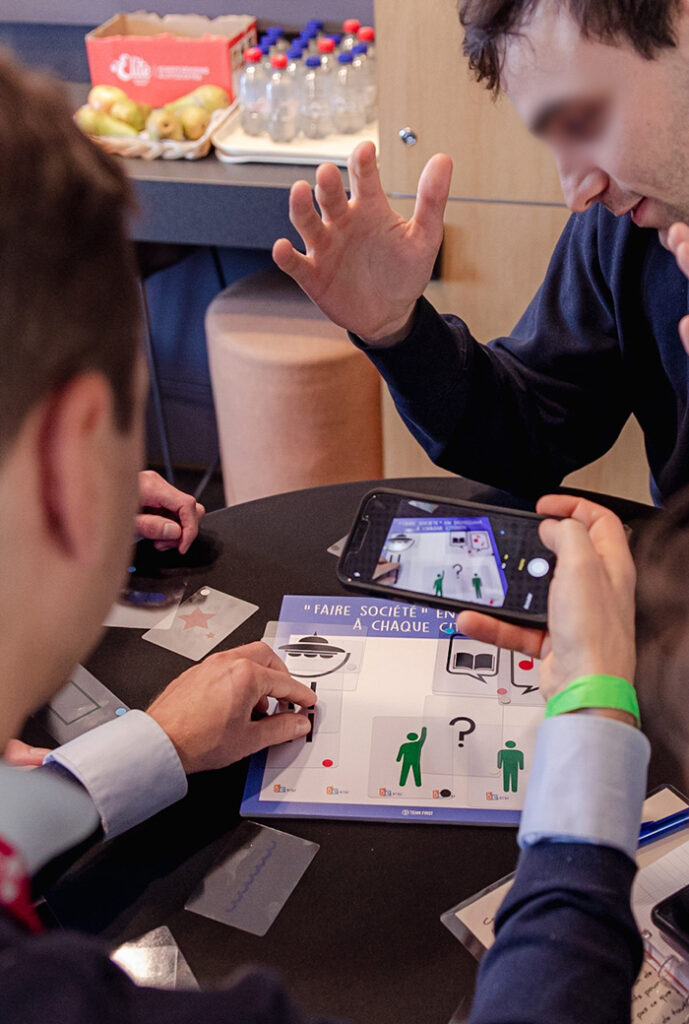
To better manage staff turnover:
By integrating playful mechanisms into rh paths, the experience stimulates andencourages employees to evolve longer within the team. The use of positive sanctions and team recognition creates the desire to explore new challenges. It may even create the desire to move on to higher levels of progression, continually strengthening the relationship with colleagues and the corporate mission.
Team First personalizes its experiences by weaving play into your strategy.
Team First transforms your employee experience into a powerful motivator. It all starts with identifying and applying the most effective levers to overcome your challenges. Whether by developing a “serious game” designed to address a specific problem, or by cleverly integrating these levers into your customer- or employee-focused strategy. Because manipulating motivational levers can quickly become extremely complex if objectives are not clearly defined from the outset. It’s crucial to design an appropriate strategy and spend time on a detailed analysis of the problem.
It’s not just a question of sprinkling your project with a “gamification” powder! It’s about using games to simplify and clarify your final objective, so that you can achieve it in a playful way. Implementing gamification is not without its challenges, not least resistance to change. To transform this resistance into enthusiasm, it’s crucial toengage colleagues early on in the designprocess. Our core competencies are linked to collective intelligence, and this is one of the main tools we use to stimulate your corporate gamification experience.
Several projects and partnerships with Team First
to successfully launch the strategy!

An escape box to draw up a strategic communication plan
Numerous successful projects have validated our experience in setting up strategic escape boxes. Find out how our collaboration with STIB-MIVB helped us meet this innovative communication challenge.
A fully customized escape game designed toinform and involve employees in the objectives set. The excitement generated by the game helped to improve information retention and appropriation, as well as increasing commitment!
We recently took up the challenge again with RTBF, supporting not one, but two crucial projects. The first aimed to energize the integration of new employees in a playful way during the onboarding day. The second sought to strengthen and enrich interactions between strategy and the field, to maximize their impact in a participative, long-term vision.
Thiagi’s Framework Games for deep reflection
Thanks to the tools used at Team First, we set up a collective intelligence session for a customer active in the identification technology sector. This was an engaging way of mobilizing teams to co-create a common approach to the complex theme of ” How to live and put into practice our values “. The result was greater cohesion and commitment to the company, as well as confidence in its long-term strategy.
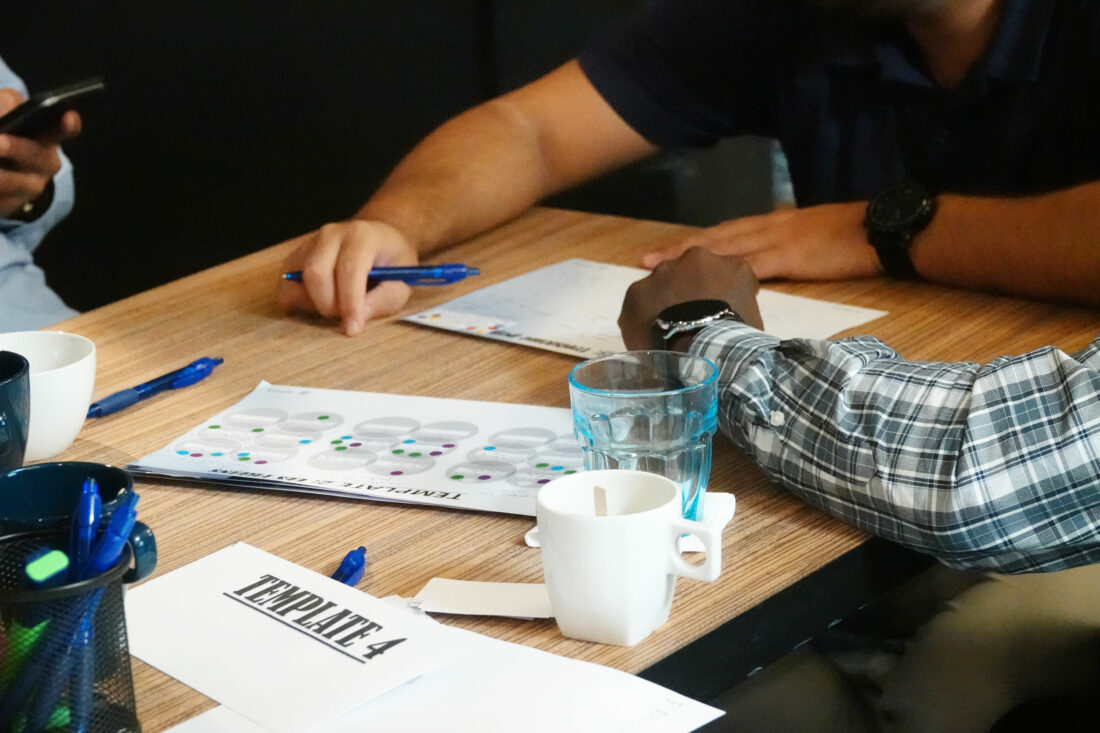
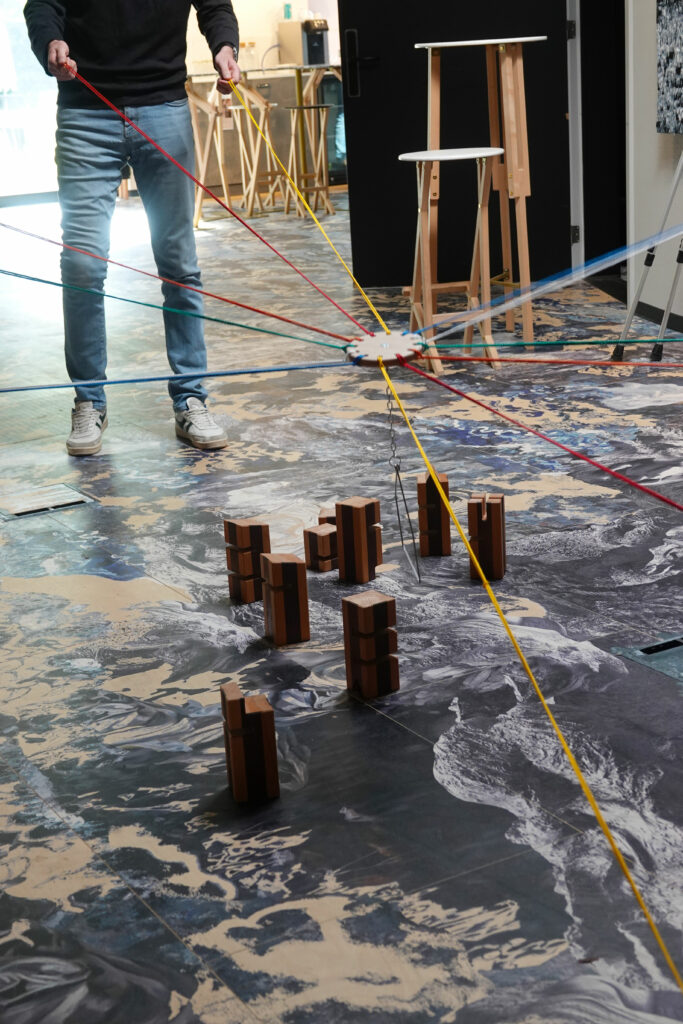
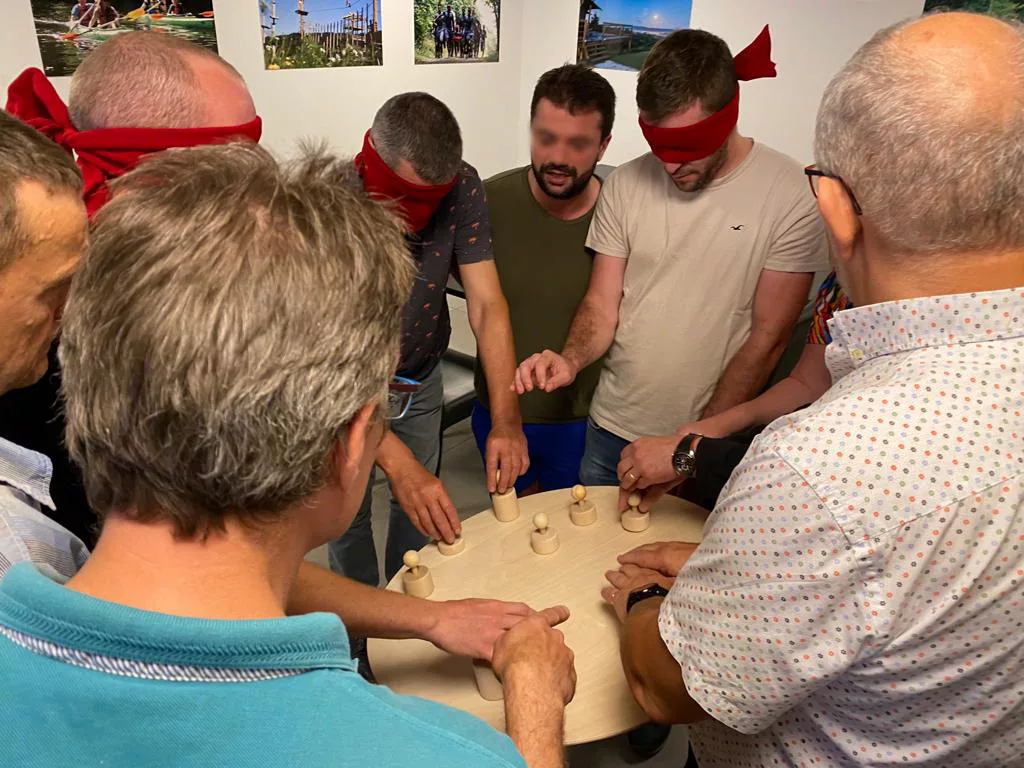
This playful experience strengthened employees’ lasting commitment to the company’s values. It also enriched the company’s internal culture among participants. This greatly simplified the integration of newcomers, forging a stronger corporate culture and improving overall performance. Employees who are in tune with the company’s values tend to strengthen their long-term commitment. What’s more, studies underline the significant impact that a dynamic, engaging corporate culture can have on team well-being and motivation!
What engagement objectives can Team First reach through gamification?
The impact of gamification is measured by its ability to align with your company’s strategic objectives. Gamified experiences need to be more than just entertaining; they need to be a lever for achieving concrete results. If your company aims to improve the quality of its customer service, a gamification initiative could reward employees who receive excellent customer reviews, or those who come up with innovative solutions to common problems. By doing so, games not only motivate, they cultivate and reinforce the behaviors and skills that lead directly to business success.
To better meet your objectives, we can design customized entertainment experiences that will generate tangible, meaningful results for your company. Here’s what we can accomplish together:
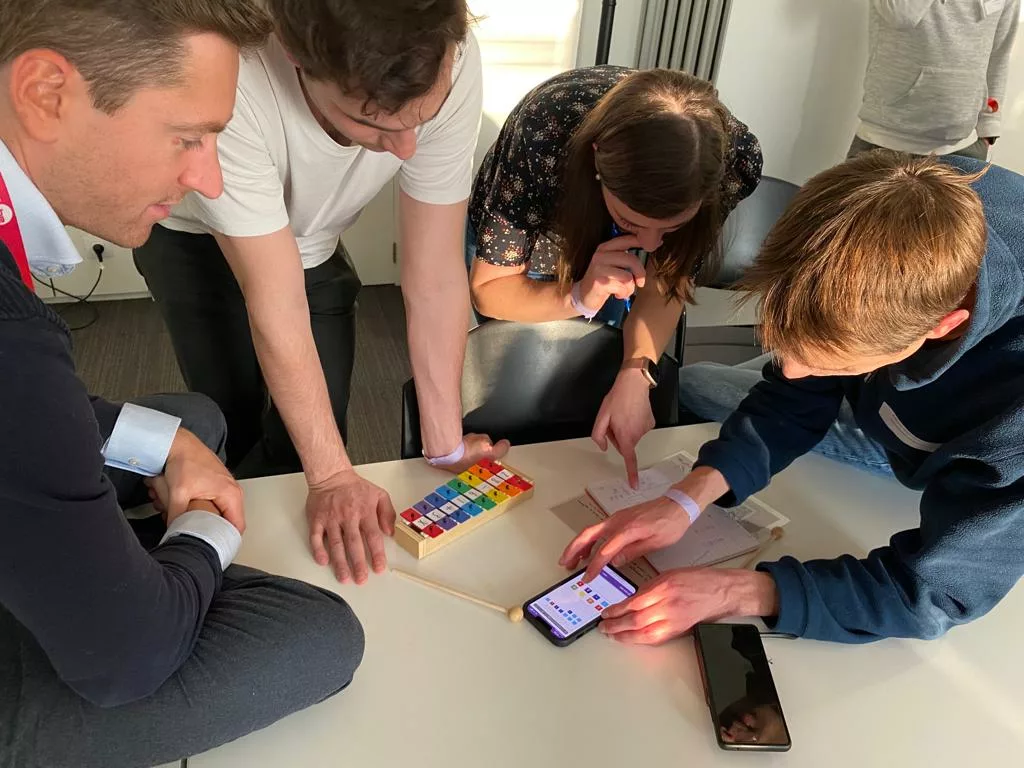
- Reduce absenteeism by creating a more engaging and satisfying work environment.
- Encourage more active involvement of your employees in company projects and initiatives through stimulating and inclusive activities.
- Energize and give meaning to your corporate culture, transforming everyday life into a rewarding collective adventure.
- Strengthen ties with your employees and increase their loyalty to the company through regular, positive interactions.
- Turn your employees into passionate, committed spokespeople for your brand.
- Boost efficiency and collective effort by making daily life more motivating and less routine.
- Make a lasting impression with out-of-the-ordinary events and challenges.
- Raise your employees’ satisfaction scores (eNPS – Employee Net Promoter Score), reflecting a positive and stimulating work environment.
- Minimize employee turnover by addressing the root causes of employee departure and improving job satisfaction.
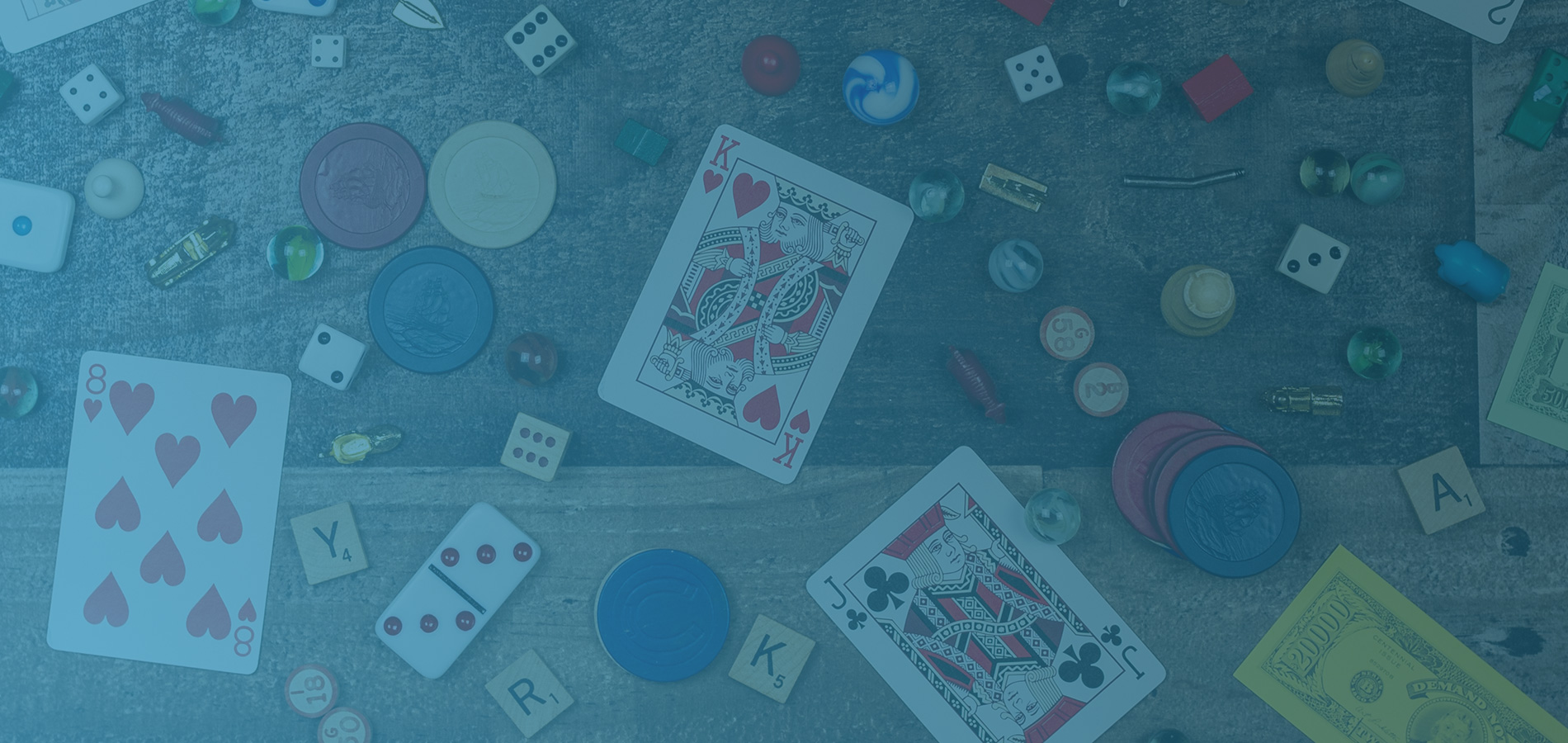
What are your team objectives and challenges?
Thanks to our expertise in the field, take advantage of creative and innovative solutions to meet your objectives.
Need to retain your talent? Train your teams? Create a sense of belonging?
Together, we’ll find a solution to your problem.
RESTEZ CONNECTÉS !
Recevez les dernières actualités et les informations les plus récentes sur la cohésion d'équipe, les team buildings de sens, l'événementiel d'entreprise, ainsi que les dernières tendances en matière de serious games. En restant connecté, vous serez informé des dernières avancées et des meilleures pratiques mises en place dans la ludopédagogie et gamification en entreprise.
Explorez en avant-première nos réalisations les plus récentes, découvrez nos astuces et conseils avisés, et plongez dans les tendances émergentes de l'industrie événementielle.
Rejoignez-nous pour faire de vos projets d'équipe une réussite totale !
